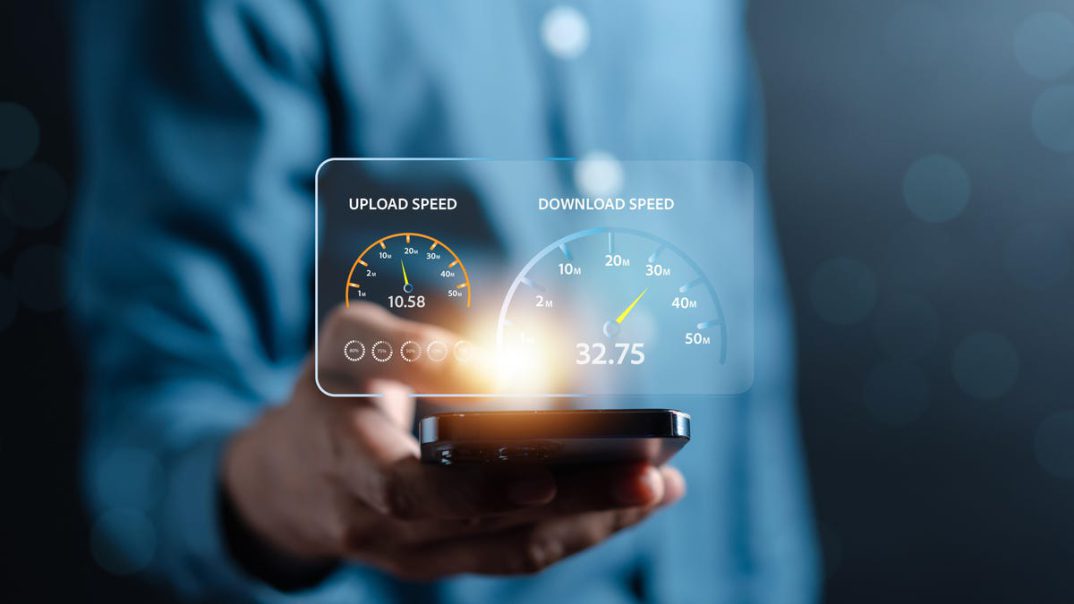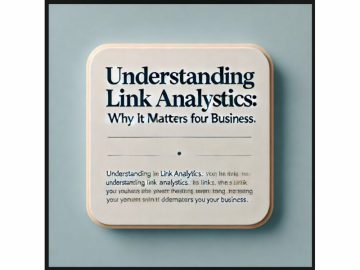When shopping for internet service, we typically consider prices before speeds. On average, internet in the US costs around $63 a month for all speeds available. You must also consider additional fees for equipment and installation, which can bump up your internet bill pretty quickly.
That said, as we work to find a reasonably priced plan that works for our budget, we often forget about speed. Speed is an essential component of finding the most cost-efficient internet plan. You may not need all of the speed you’re paying for, but on the flip side, you may not be getting enough.
Internet service providers usually offer a guide on their websites to help you decide, but sometimes speed recommendations (and aggressive marketing or sales tactics) are an attempt to upsell you on a plan you don’t need. If you have doubts about how much internet speed you should be paying for, read our simple breakdown of internet speed usage.
What is a good internet speed?
First things first, there is an official threshold for how we define a broadband connection. Based on increased internet usage, the Federal Communications Commission defines a broadband connection as having at least 100 megabits per second in download speeds and 20Mbps upload speed.
It’s also important to note that having fast internet speeds to the home doesn’t guarantee them in the home. Wi-Fi is almost always slower than an Ethernet connection, directly plugged into your router. Plus, network congestion, router placement, VPN use and interference from other networks slow down your daily internet speeds. Certain activities can impact your connection, too. CNET’s broadband expert David Anders put this to the test at his home, discovering that streaming was slowing down his gigabit speeds.
Having an internet speed plan of 100Mbps download speed ensures that you’ll be able to stream and check your email without much problem. Your TV is probably using around 35Mbps of download speed and your phone 1Mbps. The more devices you add to the network, the trickier it is to give everyone fair access to that 100Mbps download speed.
Think of it this way: the more devices you have connected to your network, the more internet speed you’ll need. If you plan to connect multiple devices and use your internet connection for streaming or gaming, aim for a plan with a little more than 100Mbps. Additionally, with homes increasingly equipped with smart home gadgets and our media consumption increasingly driven by streaming, it makes sense to opt for something above 100Mbps if available in your area.
CNET recommends Ookla’s internet speed test due to its consistency and speed test history feature. (Ookla is owned by the same parent company as CNET, Ziff Davis)
To find out whether your internet speed is truly to blame, check out our guides on how to test your connection. You can conduct a simple speed test and boost your speeds in a few easy steps. In some cases, your ISP might be the cause of your slow connectivity.
If you’ve tried everything and you’re just not getting consistent high speeds, it might be time to evaluate how much speed you really need.
What internet speed do you need?
According to the latest OpenVault report from the second quarter of 2024, the average American household uses at least 567Mbps in download speeds and 31Mbps upload.
Our world is increasingly online. With a rise in remote workers after the pandemic and a growing reliance on the internet for social connection, your average American is using much more internet than they were just five years ago.
If you work from home, stream lots of high-resolution videos or regularly play online games, you’ll likely need more internet speed than someone who casually uses social media or gets their TV from a cable provider. It’s important to note that even though the average household is steadily increasing internet usage, there are significant portions of households that aren’t.
Different activities require different internet capabilities — here’s a chart to help give you an idea.
Internet speed recommendations
| Activity | Usage required | Our recommended speed |
|---|---|---|
| 1Mbps | 1Mbps | |
| Web browsing | 3-5Mbps | 5-10Mbps |
| Social media | 3-5Mbps | 10Mbps |
| Video calls | 3-5Mbps | 10-20Mbps |
| HD streaming | 5-10Mbps | 10-20Mbps |
| Online gaming | 3–6Mbps | 25-35Mbps |
| 4K streaming | 25Mbps | 35Mbps |
Show more (2 items)
Shop providers at my address
Considering the speed recommendations above, a cheap 50Mbps should be able to handle all your needs, including 4K streaming, right? Well, not exactly.
Using Wi-Fi will reduce your actual speeds, even with a top-of-the-line router or Wi-Fi extender. Each connected device competes for and reduces the available bandwidth. It’s a good idea to opt for a plan with faster speeds than what’s recommended for a single activity.
Here are the speed ranges that we at CNET frequently recommend:
- 0 to 5Mbps is possibly enough to tackle the basics: browsing the internet, sending and receiving email and streaming low-quality video.
- 5 to 40Mbps may allow for higher-quality video streaming and videoconferencing.
- 40 to 100Mbps should give one user sufficient bandwidth to satisfy the demands of modern telecommuting, video streaming and online gaming.
- 100 to 500Mbps allows one to two users to simultaneously engage in high-bandwidth activities like videoconferencing, streaming and online gaming.
- 500 to 1,000Mbps allows three or more users to engage in high-bandwidth activities at the same time.
- Higher than 1,000Mbps provides ample speed for all common internet uses on a virtually unlimited number of devices.
Consider how many devices are connected to your network
Another important factor to consider in your search for the ideal internet speed is how many users and devices are on your network on a given day. Your household may only consist of one or two people, but it could be hosting 10 to 15 devices (laptops, cellphones, gaming consoles, smart TVs, smart home gadgets, you name it). If you’re using these devices consistently, you need to make sure your internet speed can cover all of them.
Video is often the biggest bandwidth hog, so aim for an internet plan that can accommodate your viewing habits. If it’s applicable, think of the times you’ve streamed Netflix or taken a video call from Mom, then imagine everything else that could have been happening on your network at the same time and use the chart above as a rough guide.
For instance, if you live alone and like to scroll on your phone while you stream your favorite show in 4K on your TV, you’d want at least 35Mbps for smooth playback and another 10Mbps to keep up the conversation on Instagram. A 50Mbps internet plan might be the minimum for you to be close to your sweet spot.
Upload speed vs. download speed
As you’re considering speeds, it’s also important to understand the difference between upload and download speeds. Here’s the difference: Upload speeds tell you how fast you can send data out to the internet, while download speeds tell you how fast you can pull data from the internet. While most people are typically concerned with their download speeds, your uploads are just as important. According to OpenVault’s Q2 2024 report, many factors, like uploading photos on social media, streaming, sharing large files, online gaming and more can lead to an increase in upstream data. The more upstream data used, you’ll need a more reliable and speedy connection.
While fiber internet typically comes with symmetrical upload and download speeds, many internet providers offer plans with significantly less upload speed than download speed. With plans like these, the ratio is typically 1Mbps of upload bandwidth for every 10Mbps of download bandwidth.
That said, you’ll be using the download side of your connection far more often than upload. Don’t feel like you have to upgrade to a plan with faster download speeds than you need just to get faster uploads. Upload speeds come into play when you’re videoconferencing, posting to social media or emailing a large attachment, but these tasks don’t require a lot of upload speed. In most cases, 20Mbps or less will get the job done.
Data caps and speed throttling
Data caps are something to look out for while searching for your home’s ideal internet speed. Internet data caps are ISP-enforced data usage limits. It’s important to consider them as you shop, especially if you use your internet for high-data-usage activities like streaming Netflix or scrolling through social media. Video-heavy use cases like that eat through lots of data, and if you hit the data cap, you’ll need to pay extra for an additional allowance. Or in some cases, you might face drastically reduced speeds for the remainder of your billing cycle.
Low-speed internet plans — a 10Mbps DSL connection, for example — are typically intended for light internet usage, so the data caps that sometimes come with them can be painfully tight. Meanwhile, many providers offer plans with no data caps so it might be easier to simply avoid one in the first place.
If you’re unsure whether it’s worth paying for a higher data cap or switching to a provider that doesn’t use them, check with your ISP to see if it offers any tools to help you track your household’s data usage (most do, usually via their app). That’ll give you a better sense of how much you need and whether you actually need to make a change.
Final thoughts on internet speed
Now that you have a general idea of everything that goes into internet plans and the aspects you must consider when choosing one, you are ready to begin your search. If you have further questions about your internet needs, check out our home internet cheat sheet guide and the rest of CNET’s broadband coverage for more info.
How much speed do you need FAQs
What is the difference between download and upload speeds?
Upload speeds tell you how fast you can send data to the Internet, while download speeds tell you how fast you can pull data from the Internet. While we lean on the download speeds more frequently, but both are important for a stable Internet connection.




